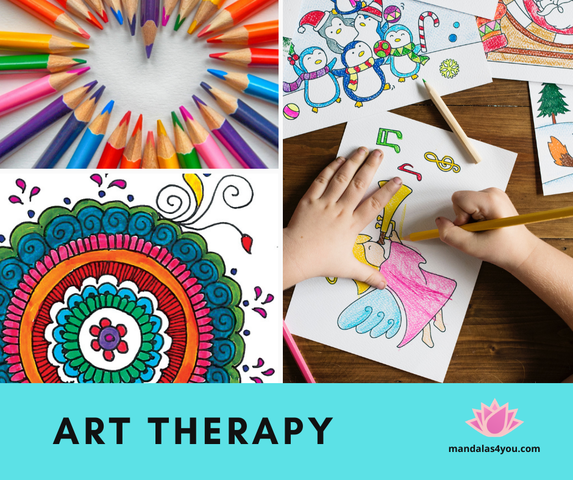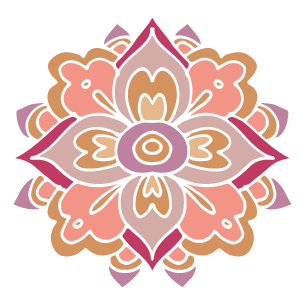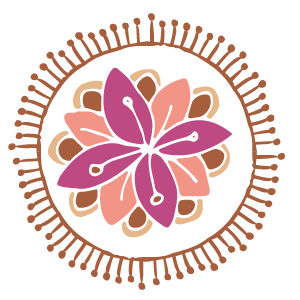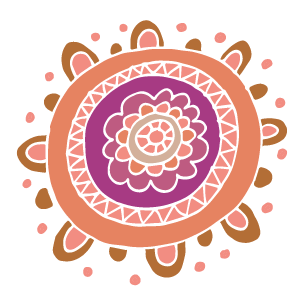Dedicated art therapy involves art as a medium and a therapist as a leader of the activity. It can be as simple as colouring computer printouts, creating collages or inspiration boards using images and words cut out from magazines, all the way to intricate oil paintings, pottery, and more. In addition to visual arts, art therapy also includes performance art like dance and music, as well as the vast genres of writing. One of the greatest benefits of art therapy comes in its many forms, making it widely customizable to someone’s needs, talents, and interests. Like any kind of skill, developing artistry to use as a therapeutic tool takes practice and time. The bonus is that the practice is a lot of fun, and that the learning can be as therapeutic as the honed skill.
The ultimate goal of therapy of all kinds depends on the goal or goals of the patient. One of the first things a therapist typically asks in getting to know their patient is “What do you want to get out of therapy?” It could be ability to see past grief, the tools to command anxiety, the ability to work through depression, to be able to communicate clearly at work – it could even be understanding why therapy at all. The list is infinite. How does art provide tools for improved mental health? Art offers a medium of expression when the words aren’t there.
When you need to buy groceries the most efficient way to achieve your goal is to write a grocery list and go to the store. You may even have the gumption to research sales flyers or look for coupons online before you go. Perhaps you’ll have researched the best brands for the items on your list. Going to the store without a list can be overwhelming – and it’s likely you’ve done this at least once so you can empathise with that feeling. Now what if you’re experiencing  sadness or anger or frustration about something but you cannot pinpoint what exactly it is that has upset you, or why? Think of art therapy as that grocery list. It’s a place to take a time-out from the chaos and at least begin to make sense of it. You can pick up a pen and a piece of paper and draw your frustration or mold clay with your hands to demonstrate your fear. Talking about problems is part of the solution, and art therapy can help bridge the gap between incident and healing. Art therapy can also express positivity, and celebration, qualities that are also important in healing and maintaining general wellness. In cases of group art therapy participants also glean insights in how others interpret the same subject matter, and can become part of a community where they previously felt isolated.
sadness or anger or frustration about something but you cannot pinpoint what exactly it is that has upset you, or why? Think of art therapy as that grocery list. It’s a place to take a time-out from the chaos and at least begin to make sense of it. You can pick up a pen and a piece of paper and draw your frustration or mold clay with your hands to demonstrate your fear. Talking about problems is part of the solution, and art therapy can help bridge the gap between incident and healing. Art therapy can also express positivity, and celebration, qualities that are also important in healing and maintaining general wellness. In cases of group art therapy participants also glean insights in how others interpret the same subject matter, and can become part of a community where they previously felt isolated.
Art of any kind – dedicatedly therapeutic or recreational – can be practiced outside of a professional studio once the skills are learned and the satisfaction is instilled in the artist. Mindfulness is the term used to describe that conscious time-out, and anyone can use art to take that break at any time. Mandalas4You teaches skills that anyone can use to harness the satisfaction of art for fun, for relaxation, or to enhance meditation. Often our students just need the chance to discover that mandala artistry isn’t exclusive to fine arts graduates!
If you feel that art therapy is something you’re interested in, make an appointment with your primary health care professional to learn more and to receive a referral to licensed art therapy programs.
To book a mandala workshop contact us.




